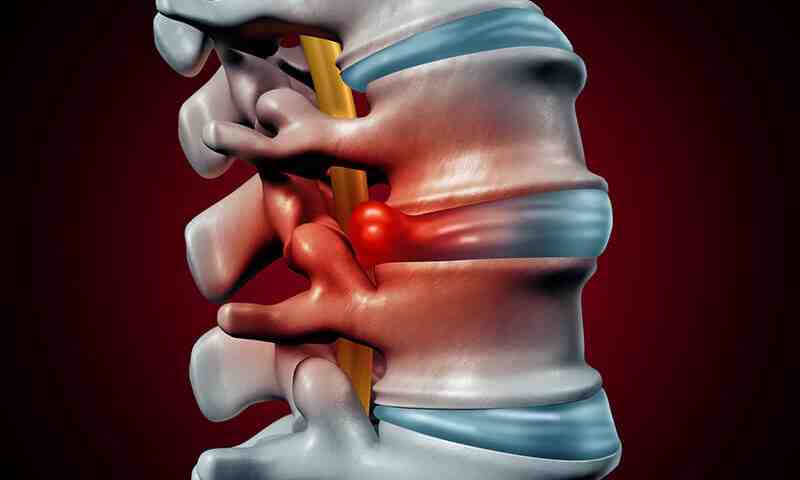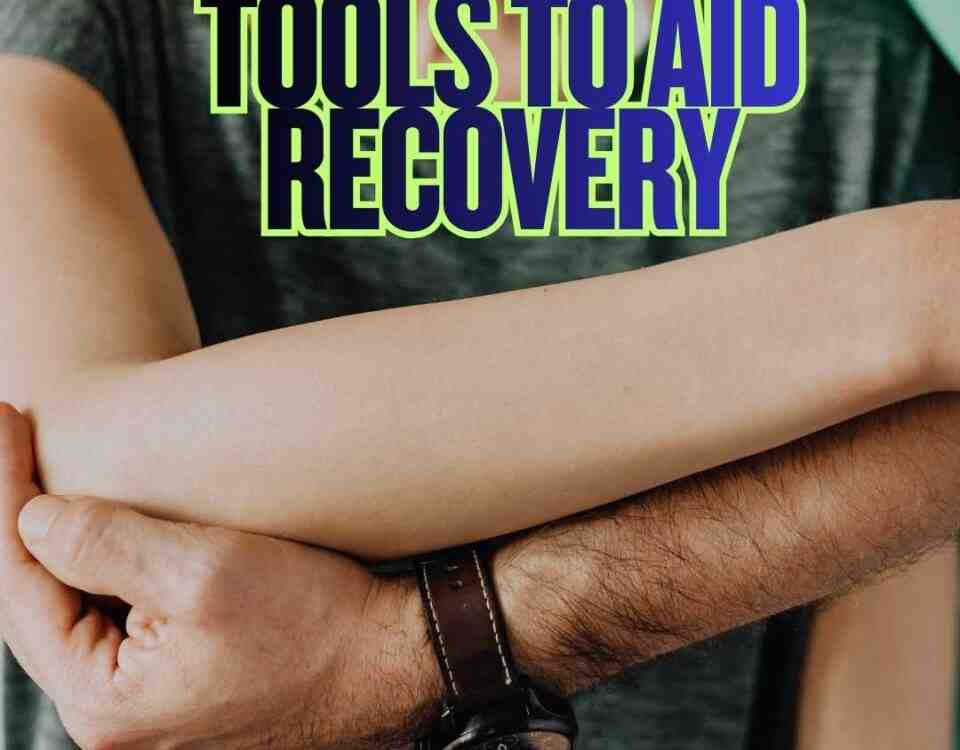Strain and Spine Injuries After Accidents

The Use of Radiofrequency Ablation (RFA) in Treating Car Accident Injuries
April 25, 2025
Stem Cells and Car Accident Recovery
April 25, 2025- Accident doctor
- accupuncture
- airplane headache
- alzheimer's
- best habits
- Brain Injuries
- car accident
- car accidents
- cervical strain
- colds
- concussion
- Concussions
- disc bulge
- dosage meds
- dry needling
- dull pain
- E bike injuries
- florida
- good posture
- headaches
- Headrest positions
- Headrest positions after an accident
- Healthy choices
- Healthy flying
- healthy gift guide
- Healthy SPring Ideas
- hip pain
- hyperextension
- injury doctor
- insurance
- Kayaking
- kentucky
- kids motion sickness
- lifestyle
- motion sickness
- neck injury
- no fault insurance doctor
- noise healing
- osteoporosis
- pain symptoms
- pink noise
- posterior chain
- posture
- prevent osteoporosis
- Rest
- Scoliosis
- shoulder pain
- Stress with kids after a motor vehicle accident
- TBI
- tips
- tmj
- torn muscle
- Traumatic Brain Injury
- trigger points
- VitaminD
- What are Post Traumatic headaches?
Strain and Sprain Spine Injuries from Car Accidents
Car accidents can cause a wide range of injuries, with spinal strain and sprain injuries being among the most common. These injuries can lead to significant pain, reduced mobility, and permanent complications. A spinal strain refers to the overstretching or tearing of muscles and tendons in the spine, while a spinal sprain involves damage to the ligaments that support the spine. Both injuries can result from the sudden impact of a car accident, which causes excessive force and stress on the spine. Dr. Deryk Harting, a chiropractor at one of the highest rated medical care providers in the Tampa Bay area for people injured in a car accident, discusses strain and sprain spine injuries from car accidents.
During a car accident, the body is subjected to rapid acceleration and deceleration forces. This sudden movement can cause the spine to flex and extend beyond its normal range of motion, leading to soft tissue damage. One of the most common causes of these injuries is whiplash where the neck is forcefully jerked forward and backward leading to a variety of soft tissue injuries. Other mechanisms include direct impact (blunt force trauma), excessive spinal twisting, hyperextension, and improper seat belt use.
Strain and sprain injuries can affect several anatomical structures of the spine. The paraspinal muscles, which support the spine, may become overstretched or torn, leading to inflammation, spasm, and strain. Tendons, which connect muscles to bones, can suffer micro tears or inflammation, causing strain and tendonitis. Ligaments connect bones to other bones and may also be overstretched, torn, or sprained. Major spinal ligaments include the anterior longitudinal ligament, posterior longitudinal ligament, interspinal ligament, supraspinous ligament, and the facet joint capsule. Additionally, excessive force on the spine can contribute to intervertebral disc injuries like herniated or extruded discs. These disc injuries can compress or inflame nearby spinal nerves causing radiating pain, numbness, or tingling in the arms or legs.
The symptoms of strain and sprain injuries vary depending on the severity. Common signs include persistent pain and discomfort in the neck, upper back, or lower back, often accompanied by limited mobility due to pain. Muscle spasms, frequently due to strain, can further restrict motion and intensify discomfort. Injuries to the neck and upper back may also lead to headaches or dizziness. In more severe cases, symptoms such as swelling, bruising, and discoloration may occur, especially if the injury involves direct impact.
If you experience symptoms of a strain or sprain following a car accident, seeking medical attention is very important. A healthcare provider will conduct a physical examination and may order diagnostic imaging tests, such as X-rays, MRIs, or CT scans, to fully assess the injury. Treatment depends on the severity and extent of injury but generally focuses on pain relief, reducing inflammation, and promoting function. Common approaches include:
- Rest and Activity Modification: Avoiding strenuous activities and maintaining proper posture can prevent further strain on the spine.
- Physiotherapy: A structured rehabilitation program can strengthen muscles, improve flexibility, and restore mobility. Applying ice packs in the acute stage can reduce swelling, while heat therapy can relax tight muscles and enhance blood circulation to injured sites.
- Chiropractic Care: Spinal adjustments and manual therapy may help relieve pain and improve spinal mobility.
- Massage Therapy: Gentle massage techniques can enhance circulation and reduce muscle tension.
- Pain Management: Over-the-counter pain relievers, prescription medications, or medical procedures such as steroid injections may help alleviate discomfort, especially long lasting or chronic pain.
Strain and sprain injuries of the spine can be painful and debilitating, but by understanding the causes, recognizing symptoms, and seeking prompt medical attention, a full recovery is possible. Every injury is unique, and it is essential to work closely with healthcare professionals to develop a tailored treatment plan that prevents complications and improves long term outcomes.
— This article is written by Deryk Harting, DC, one of the members of Chambers Medical Group’s team of car accident chiropractors who offer a variety of treatments and therapies ranging from diagnostic testing to various soft tissue therapies for car accidents and injuries in Florida.
- Car Accident Medical Clinic in Tampa
- Car Accident Medical Clinic in Plant City
- Car Accident Medical Clinic in Brandon
- Car Accident Medical Clinic in Lakeland
- Car Accident Medical Clinic in Sarasota
- Car Accident Medical Clinic in Louisville
- Car Accident Medical Clinic in Lexington
- Car Accident Medical Clinic in Florence




